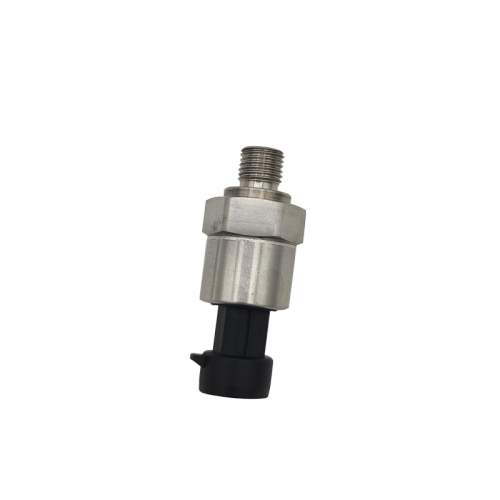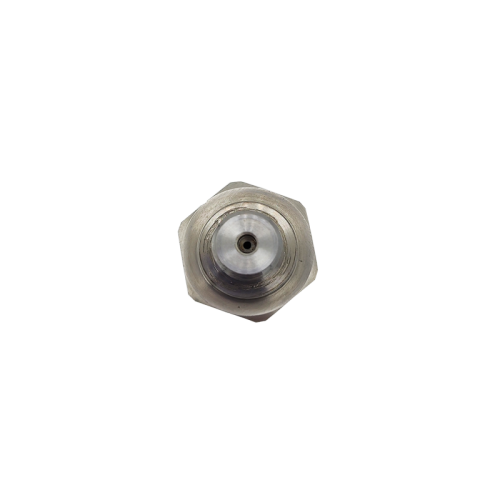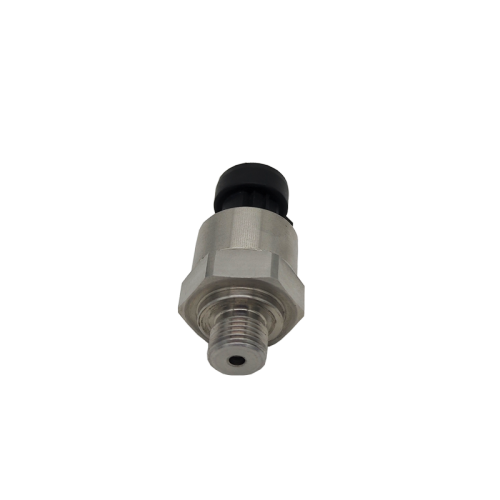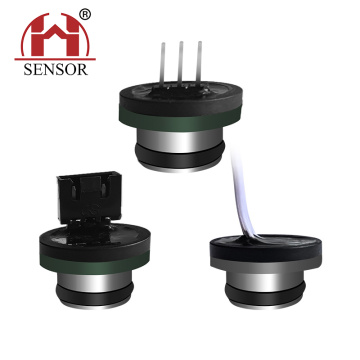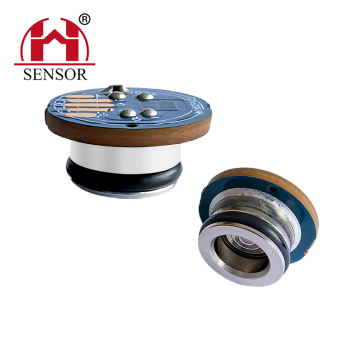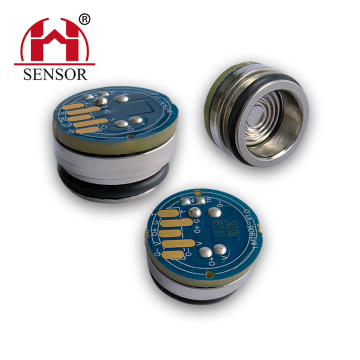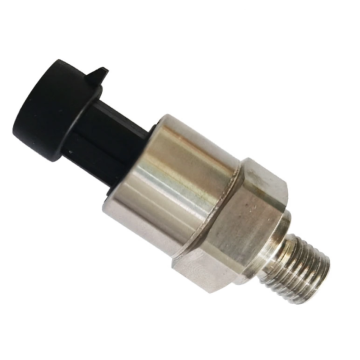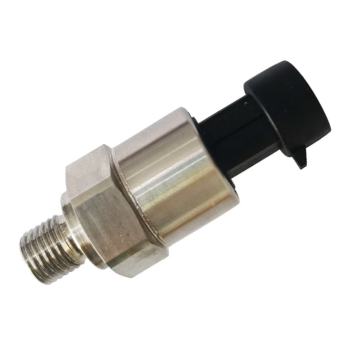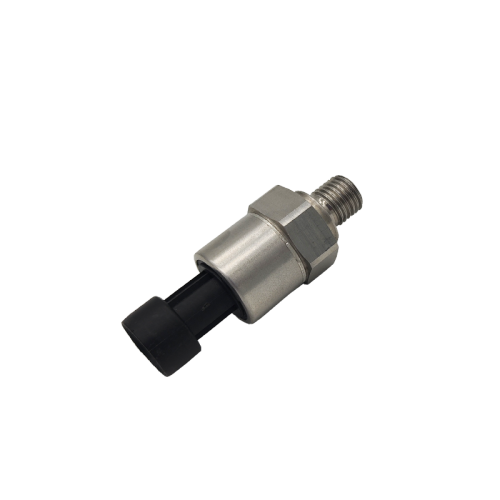
New technology makes hydrogen pressure sensors
- Min. Order:
- 100 Piece/Pieces
- Min. Order:
- 100 Piece/Pieces
- Transportation:
- Ocean, Air, Land, Express, Others
- Port:
- GuangZhou, JiangMen, ShenZhen
Your message must be between 20 to 2000 characters
Contact Now| Supply Ability: | 100000pieces/Month |
|---|---|
| Payment Type: | L/C,T/T,D/P,D/A,Paypal,Others |
| Incoterm: | FOB,CFR,CIF,EXW,FAS,FCA,CPT,CIP,DEQ,DDP,DDU,Express Delivery,DAF,DES |
| Transportation: | Ocean,Air,Land,Express,Others |
| Port: | GuangZhou,JiangMen,ShenZhen |
Product description
A common catalytic type of sensor is the thermoelectric pressure sensor, which also uses the principle of hydrogen oxidation and exothermic heat, but uses the thermoelectric effect in the step of converting the heat signal into an electrical signal, rather than using the Wheatstone bridge to measure the change in resistance caused by the increase in temperature. The catalytic hydrogen pressure sensor has the advantages of mature technology, compact structure, small size and wide testing range, but its disadvantages are also obvious. First, the catalytic hydrogen energy pressure sensor is sensitive to any other flammable gas and cannot distinguish hydrogen from other flammable gases. Second, oxidation reaction requires oxygen in the air, and the explosion-proof performance of the sensor itself is poor; Third, catalysts can be poisoned by trace gases, such as organosilicon (i.e., polysiloxane) and hydrogen sulfide, and need to be calibrated and replaced regularly. Electrochemical hydrogen energy sensors can be divided into current type and potential type. Amperometric sensors detect hydrogen concentration by measuring the current generated by an electrochemical reaction that occurs on the surface of the sensor electrode coated with a catalyst, such as platinum.
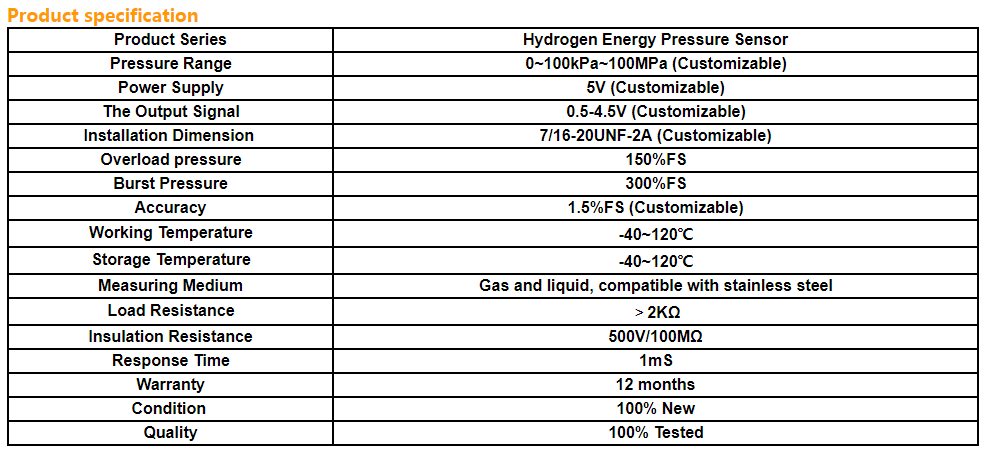

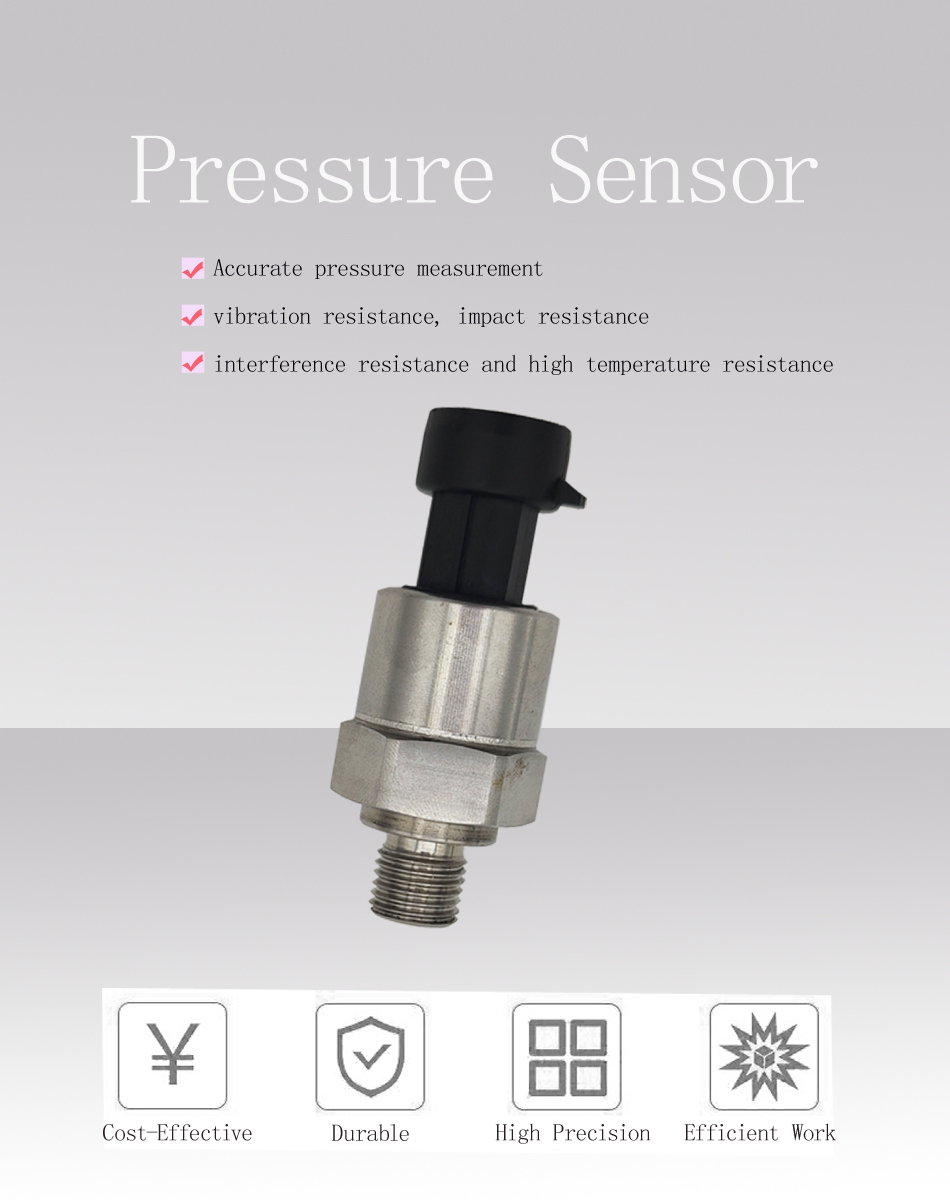


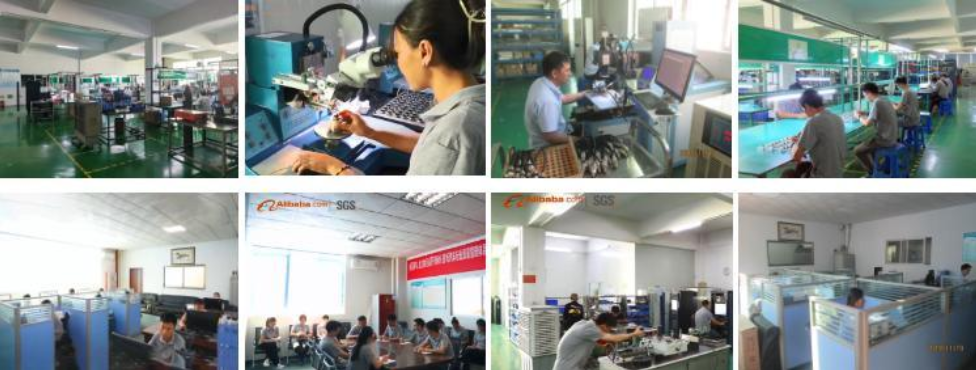





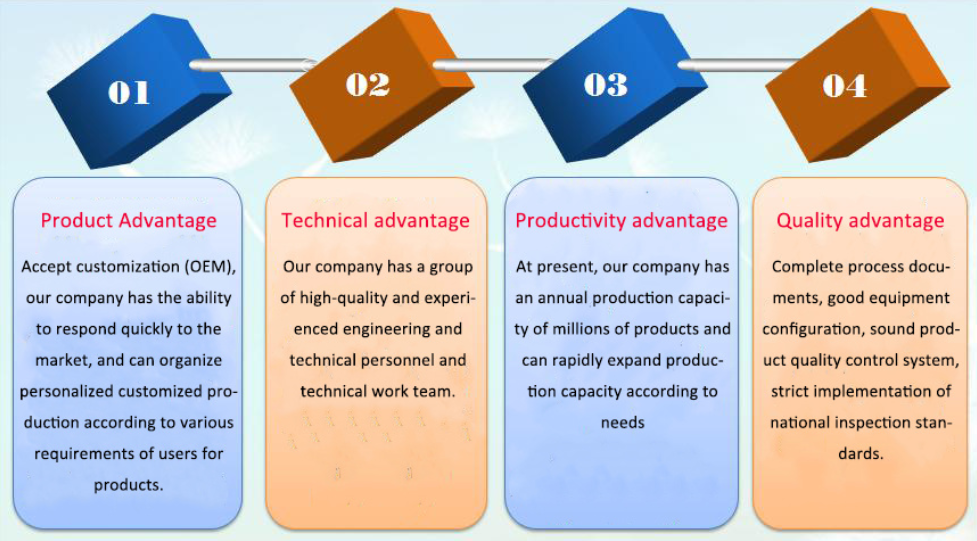
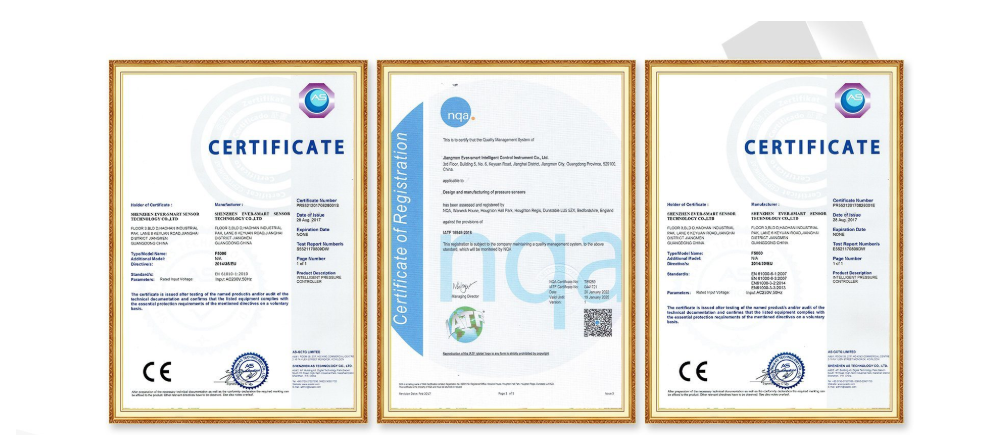
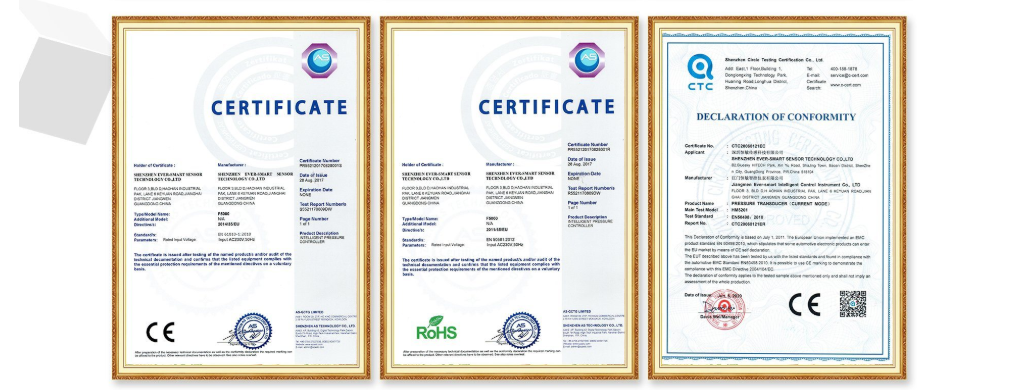
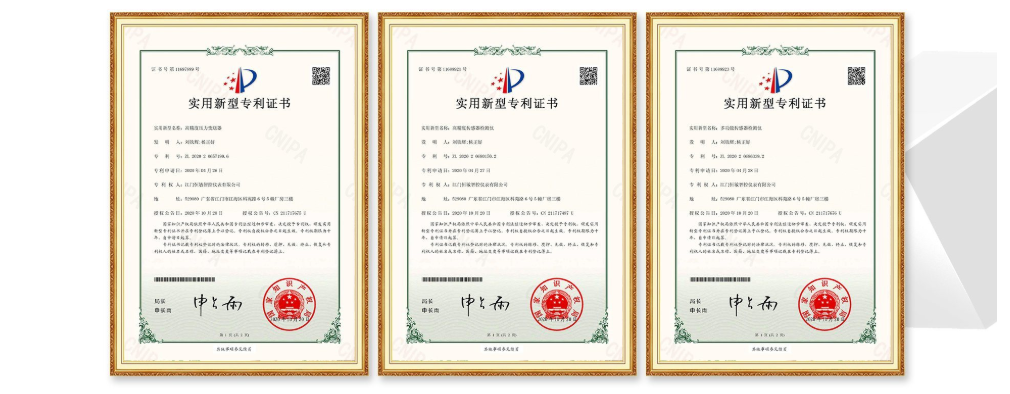





Related Keywords


